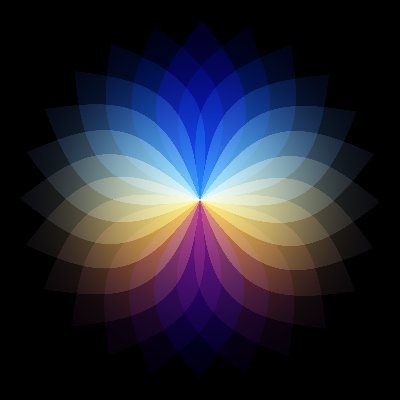
The Electric Word
Coder, musician and artist. All generative art made in p5js. London.
The Boids #12, June 2024
Generative Art (code with random elements).
As artists and coders, what role does our work play in shaping the future?
“The Boids” examines the way computer graphics have been used to justify political ideologies past and present. Why are we committed to the libertarian, techno-utopian ideology that has permeated the internet since the 90s?
Techno-utopianism, Silicon Valley’s guiding ideology, combines the attitudes of the 60s counterculture with libertarian philosophy. As such it is strongly opposed to centralised control of all kinds. Political theorists often advance the argument that it is necessary for us to accept the social contract, i.e. that it is necessary to give up some freedoms in return for the maintenance of social order by a sovereign power.
The Techno-utopians disagree.
They believe that order can arise without centralised control, and that self-organising systems, like the Boids algorithm, demonstrate precisely how this can happen. In the 90s they believed that decentralised networks would free us from overbearing bureaucracies and authoritarian government control.
But the Techno-utopians were wrong.
The liberation they promised has not only failed to materialise but has been actively hampered by the technology they designed and the companies they built. Not only will this ideology fail to solve the problems of today, but it is morphing into something much more sinister.
We aren’t flocks, and we don’t have to be mobs.

